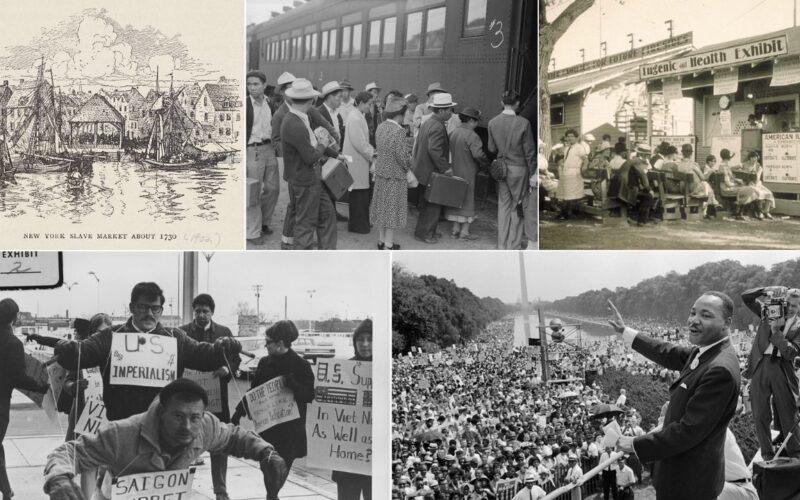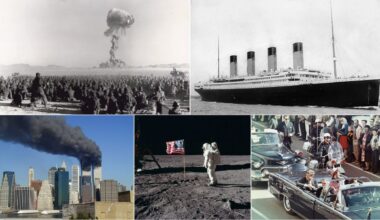You probably sat through years of history classes filled with dates, wars, and presidents, but a lot was left out. Beyond the polished timelines and patriotic soundbites lies a more complex, often uncomfortable, version of history that your teachers may have skipped. These overlooked truths challenge the official narratives and highlight voices long ignored. From racial violence to government overreach, here are 10 essential facts that deserve a spot in every classroom.
1. Wall Street Was Built on Slavery
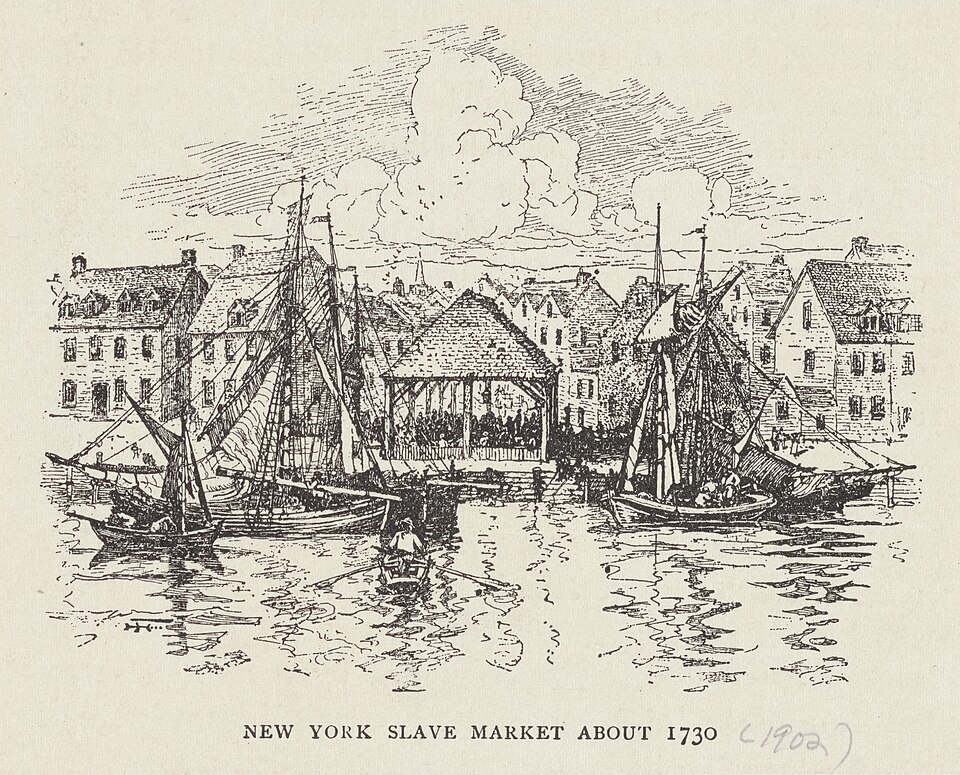
While Wall Street is known today as a global financial center, few are taught that its early growth was tied to the slave trade. In the 1700s and 1800s, enslaved people were bought and sold right on Wall Street, and profits from slavery fueled major financial institutions. The legacy of this connection is rarely mentioned in school curricula, despite its deep impact on the American economy. Understanding this hidden past adds critical context to wealth inequality and institutional history in the U.S.
2. Native Resistance Was Widespread and Organized
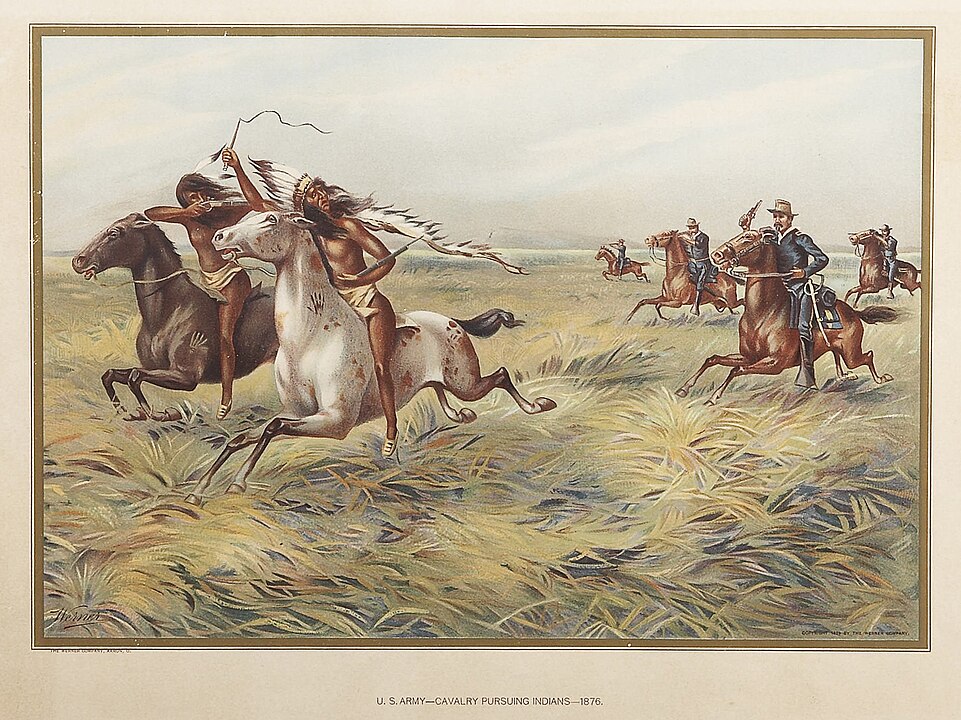
Textbooks often depict Native Americans as passive victims of westward expansion, but the reality was far more active. Leaders like Tecumseh, Geronimo, and Sitting Bull organized strategic resistance movements that challenged U.S. forces for decades. Entire nations united to defend their lands. These efforts weren’t isolated skirmishes but part of a long, coordinated fight for survival. Ignoring this paints an incomplete picture of both American history and Native resilience.
3. The Tulsa Race Massacre Was Erased
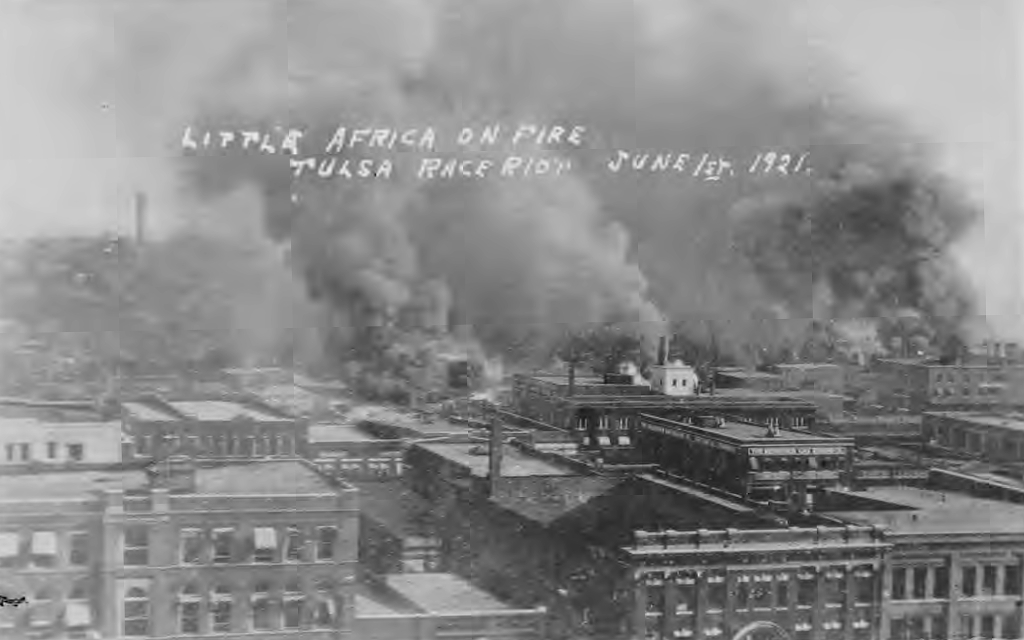
In 1921, the thriving Black community of Greenwood in Tulsa, Oklahoma, dubbed “Black Wall Street”, was decimated by white mobs. Over 1,000 homes and businesses were burned, and hundreds of residents were killed or displaced. Yet, for nearly a century, this event was omitted from most history classes. The deliberate erasure of such a major racial atrocity reflects broader gaps in how American racial history is taught. This wasn’t just a riot; it was an attack on Black prosperity.
4. U.S. Eugenics Inspired the Nazis
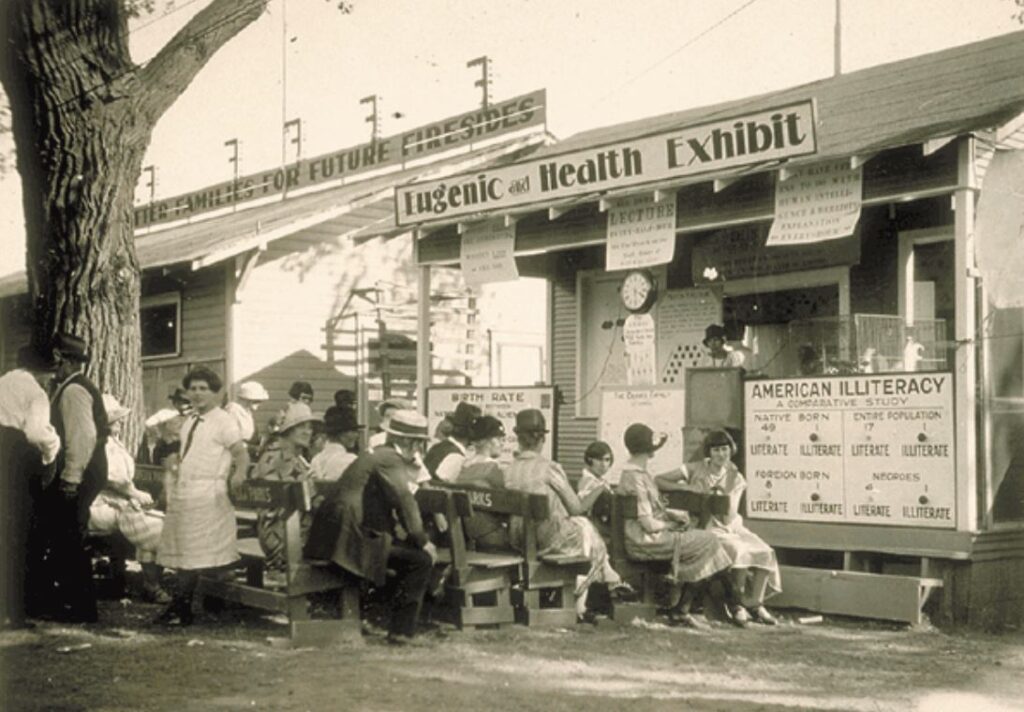
Before the horrors of the Holocaust, eugenics programs were already in full force in the U.S. Dozens of states passed laws to sterilize individuals deemed “unfit”, often targeting immigrants, people of color, and those with disabilities. These policies directly influenced Nazi Germany’s racial purity laws. Yet, most students never learn about America’s role in shaping such ideologies. This troubling history reveals how dangerous pseudoscience and prejudice can become when backed by the state.
5. Hawaii’s Overthrow Was an Inside Job
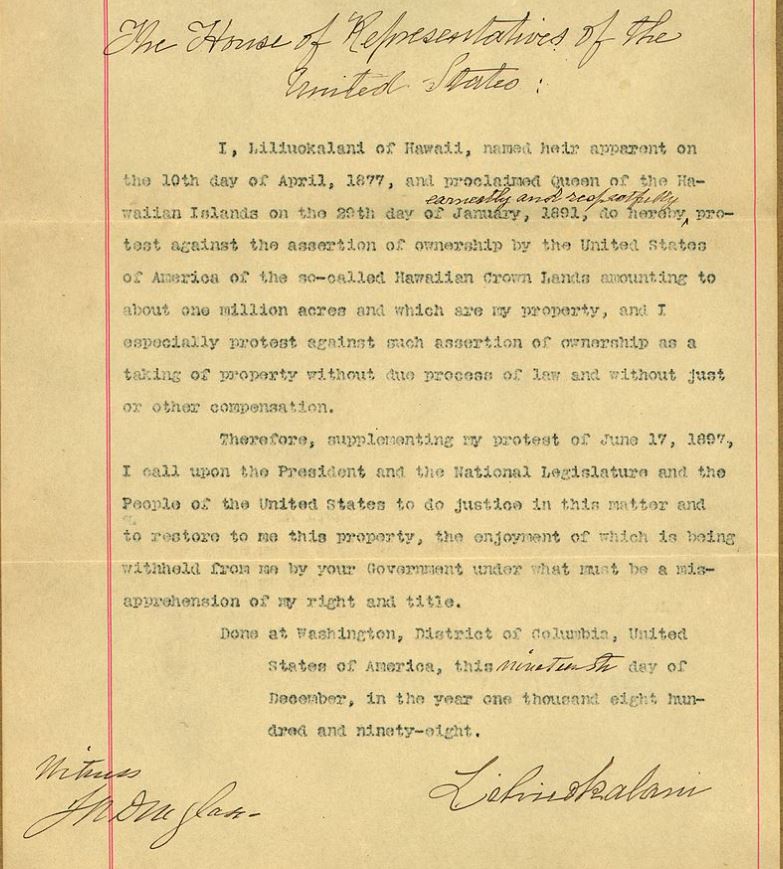
Many students learn that Hawaii became a U.S. state in 1959, but few are taught how it got there. In 1893, American sugar planters, backed by U.S. Marines, overthrew Queen Liliʻuokalani, ending the Hawaiian monarchy. The U.S. government later annexed the islands despite protests from Native Hawaiians. This imperialistic move is often framed as a peaceful transition rather than a strategic economic takeover. It’s a reminder that colonization didn’t always happen overseas, it happened in paradise too.
6. The CIA Toppled Democracies Abroad
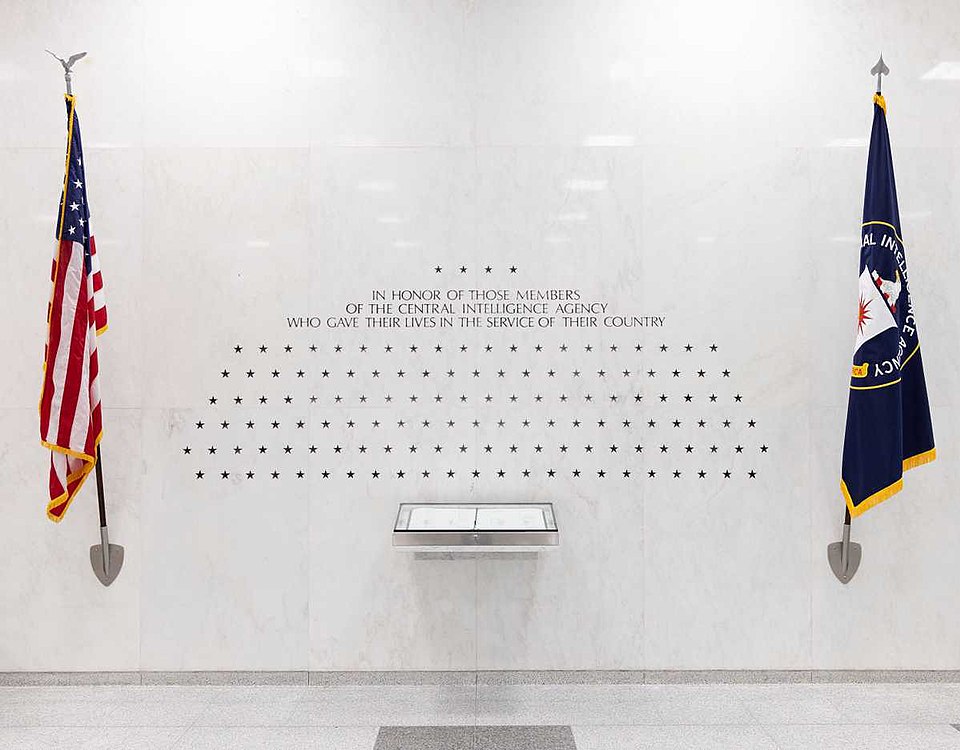
The Cold War wasn’t just about ideology, it was about control. The U.S. government, through the CIA, actively intervened in foreign democracies it didn’t like. In 1953, it orchestrated a coup in Iran that ousted Prime Minister Mossadegh. In 1973, it helped remove Chile’s President Allende. These actions led to decades of authoritarian rule and violence. Yet, many American students are never taught how deeply their country meddled in global politics in the name of capitalism.
7. MLK’s Radical Side Was Hidden
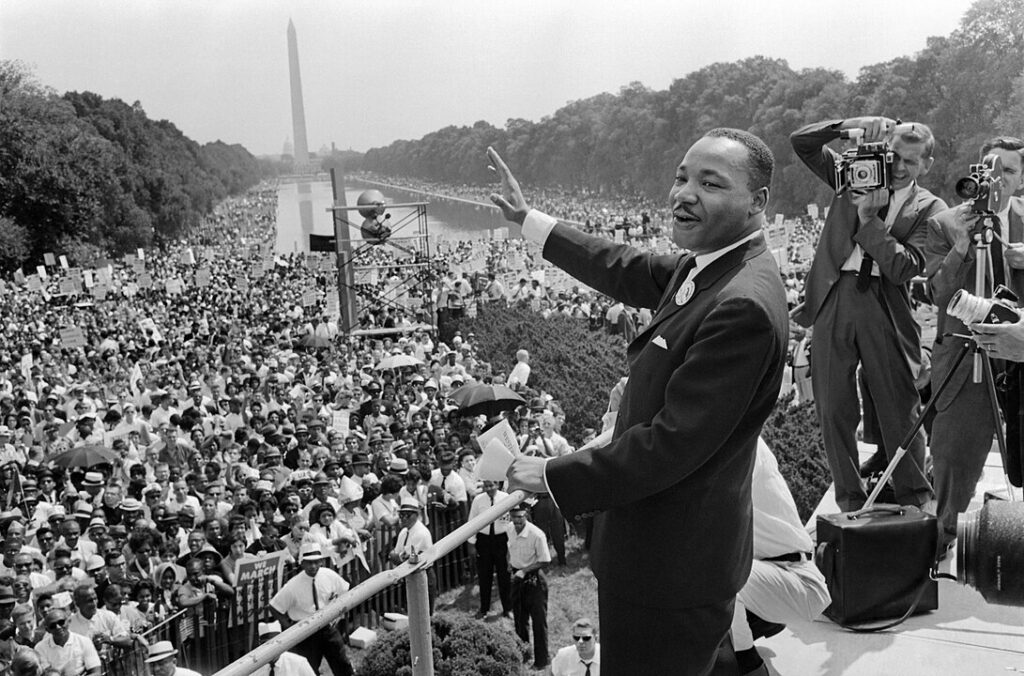
Martin Luther King Jr. is widely celebrated for his “I Have a Dream” speech, but less known is his criticism of capitalism, war, and systemic poverty. Near the end of his life, King organized the Poor People’s Campaign and spoke out against the Vietnam War. He believed racial justice could not be achieved without economic and social change. Schools often sanitize his message to make it more comfortable, but his radical vision remains deeply relevant today.
8. Women Were Crucial in Labor Strikes
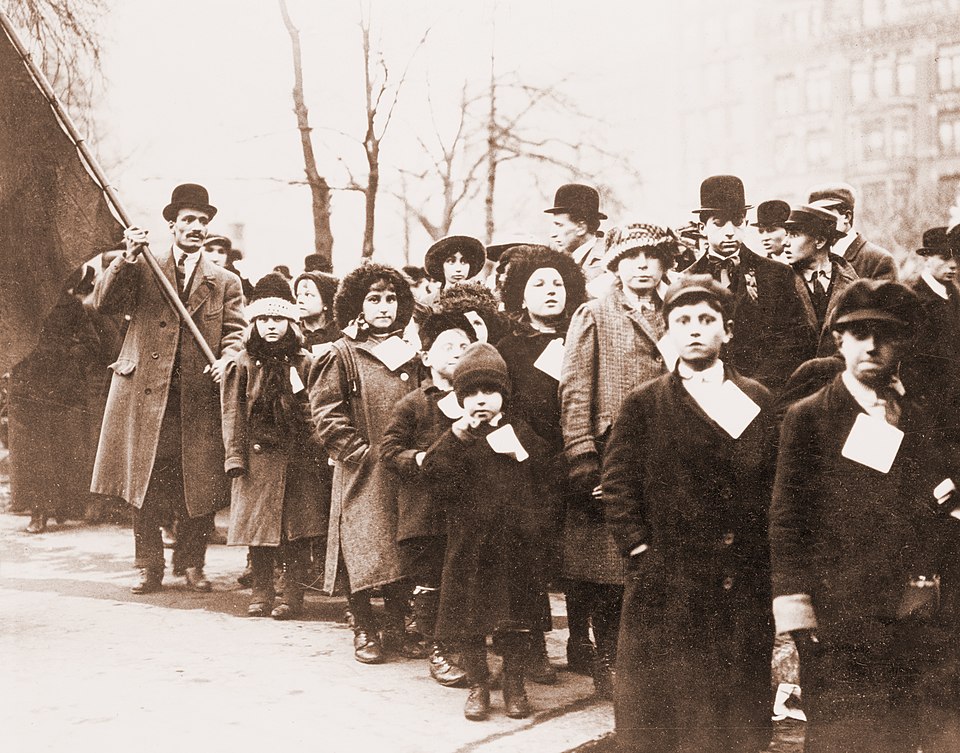
Labor history lessons often focus on male-led unions and strikes, but women were at the forefront of many pivotal labor movements. In 1912, female textile workers in Massachusetts launched the Bread and Roses strike, demanding better wages and working conditions. They led marches, endured violence, and won concessions. These stories are rarely told, yet they highlight how women, often immigrants and mothers, fought for workplace justice long before mainstream feminism took hold.
9. The Vietnam War Sparked Global Protests
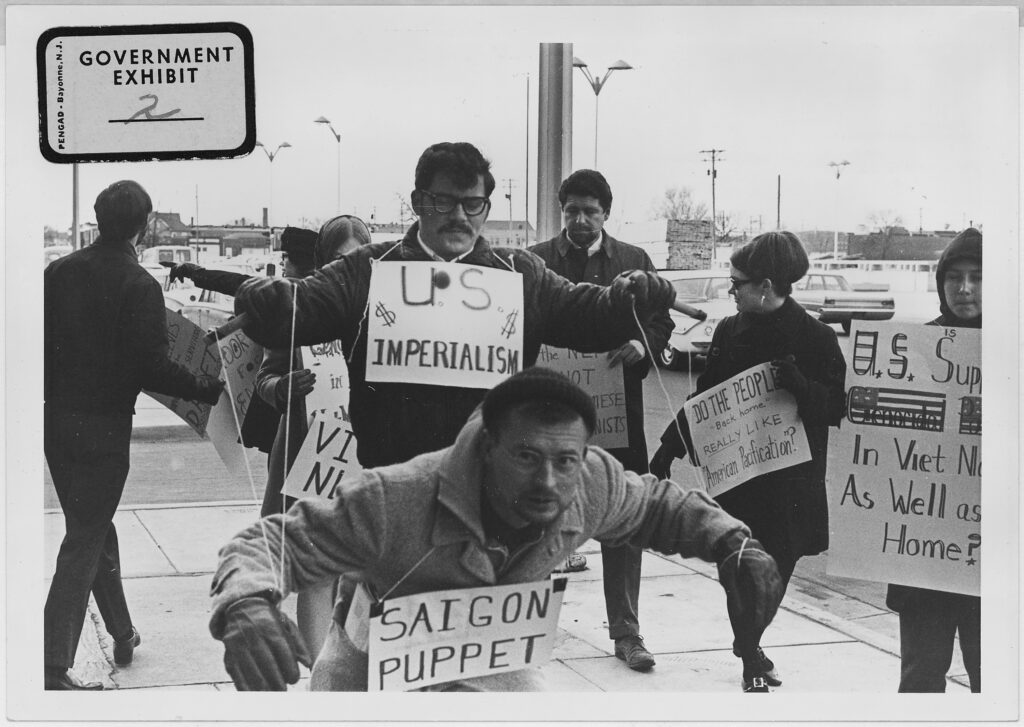
In the U.S., the anti-war movement is linked to college campuses and draft resistance. But the outrage over Vietnam went global. Countries like France, Japan, and West Germany held massive protests, criticizing U.S. aggression and imperialism. These international movements played a role in shifting global opinion and pressuring governments to reconsider their alliances. Focusing only on domestic protests ignores how U.S. actions were viewed, and challenged, on the world stage.
10. Japanese Internment Faced Legal Resistance
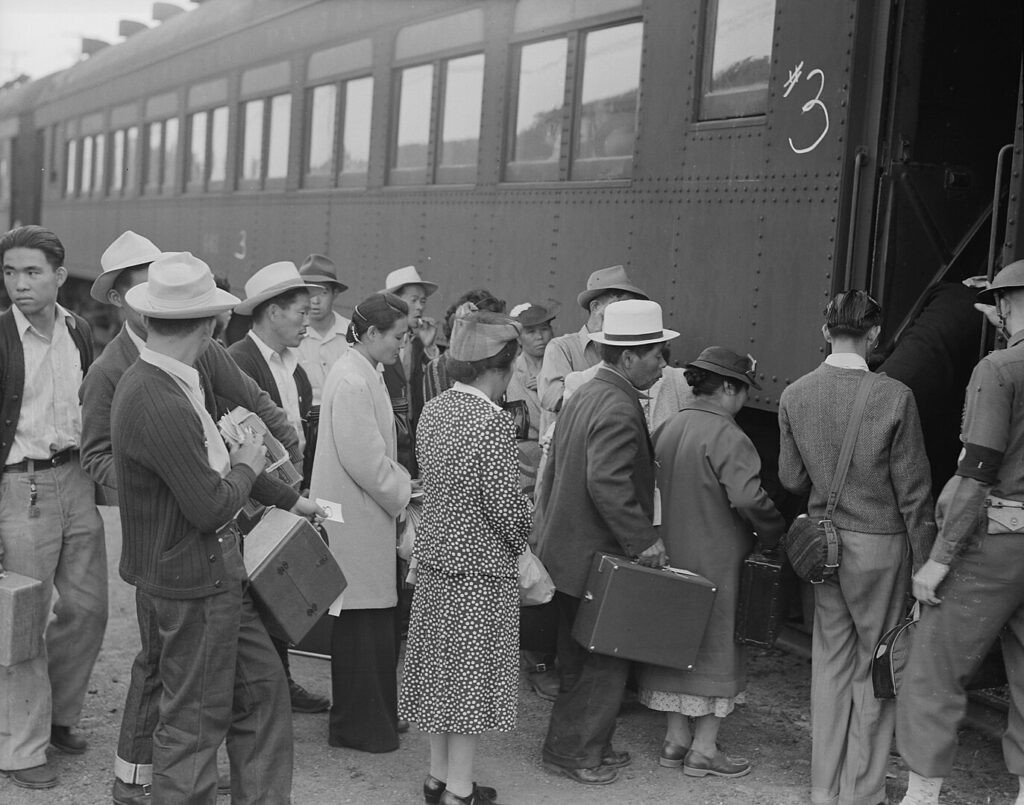
During World War II, over 120,000 Japanese Americans were forced into internment camps. While this injustice is sometimes mentioned in class, what’s often skipped is the resistance. Individuals like Fred Korematsu, Gordon Hirabayashi, and Minoru Yasui defied the government and took their cases to the Supreme Court. Their courage laid the foundation for future civil rights legal battles. Remembering this resistance, not just the injustice, gives a fuller view of American perseverance.
